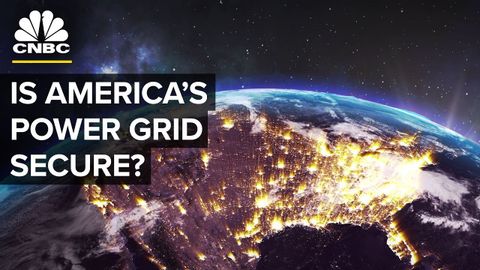米国のパワーグリッドの安全性は? (How Secure Is The United States Power Grid?)
KK が 2021 年 01 月 14 日 に投稿  この条件に一致する単語はありません
この条件に一致する単語はありませんUS /ˈkrɪtɪkəl/
・
UK /ˈkrɪtɪkl/
- adj.批判的な;重大な;批評の;批判的な;重篤な
- n. (c./u.)~へ行く手段;利用する機会;アクセス
- v.t.利用可能である : 使用許可を得る
- v.t./i.アクセス;アクセスする
US /ˈkɑmprəˌmaɪz/
・
UK /'kɒmprəmaɪz/
- v.t./i.妥協する;妥協する;危険にさらす;漏洩する
- n. (c./u.)妥協
US /ˈfɪzɪkəl/
・
UK /ˈfɪzɪkl/
- n. (c.)身体検査 : 健康診断
- adj.身体の : 肉体の;物質的な;物理的な
- n.体育
エネルギーを使用
すべての単語を解除
発音・解説・フィルター機能を解除

